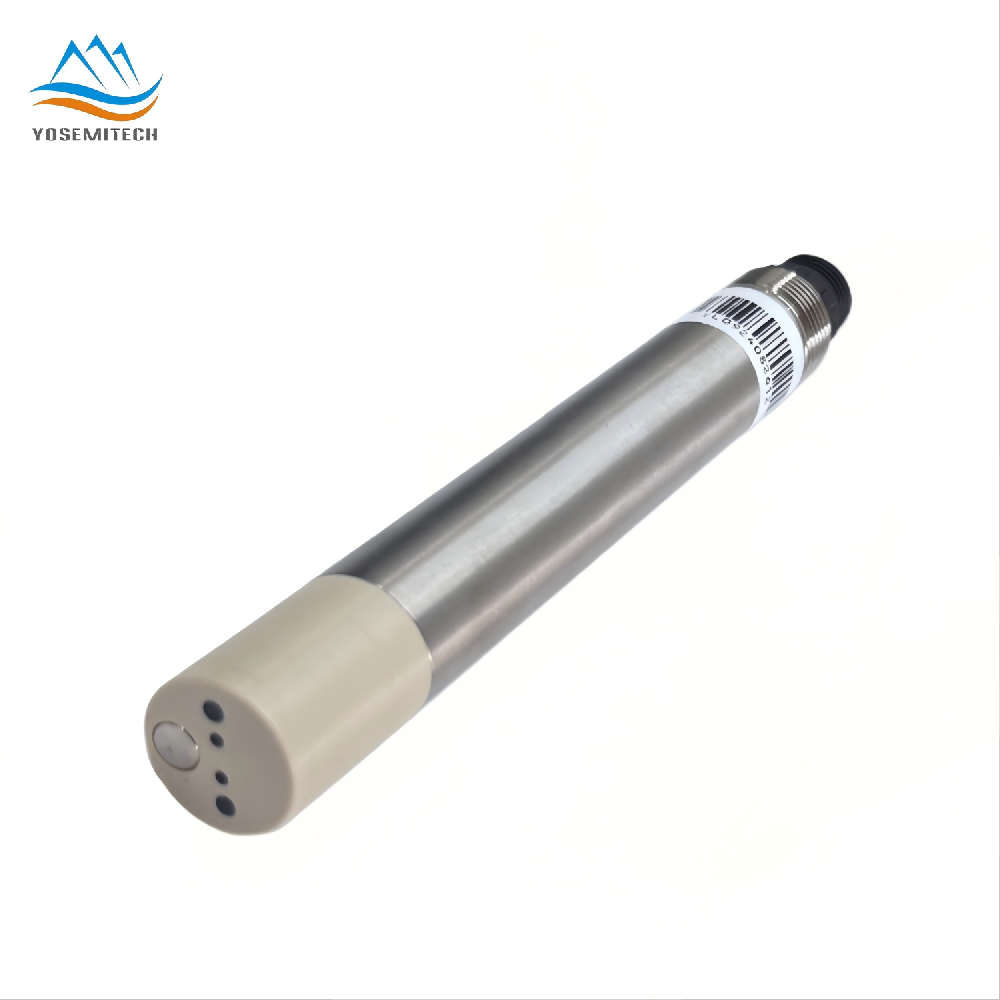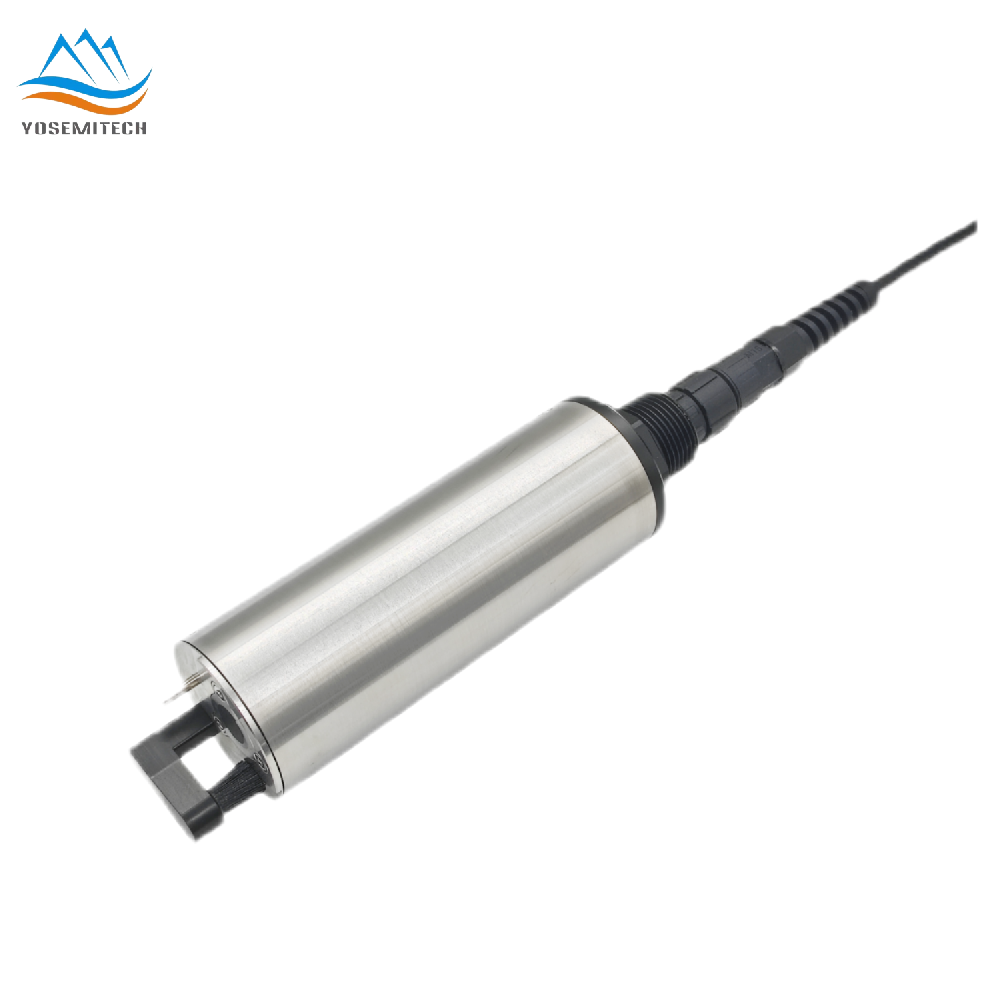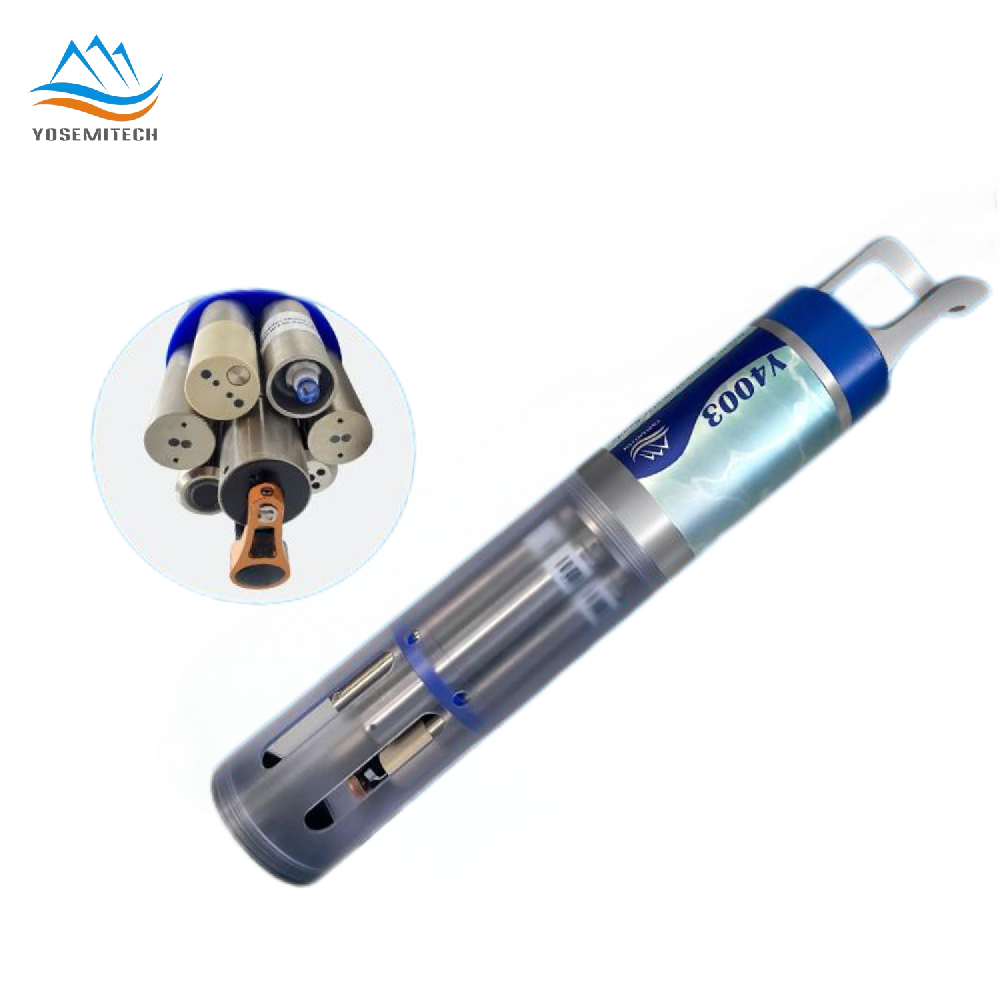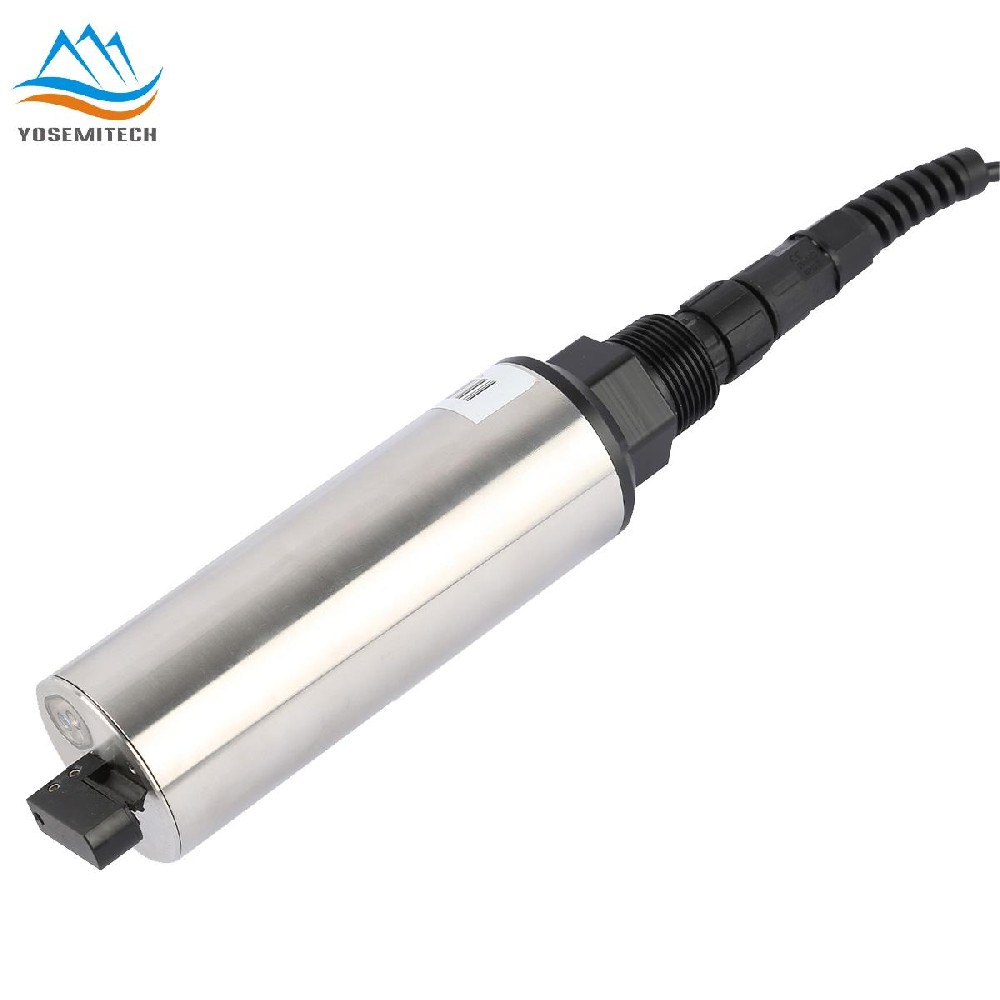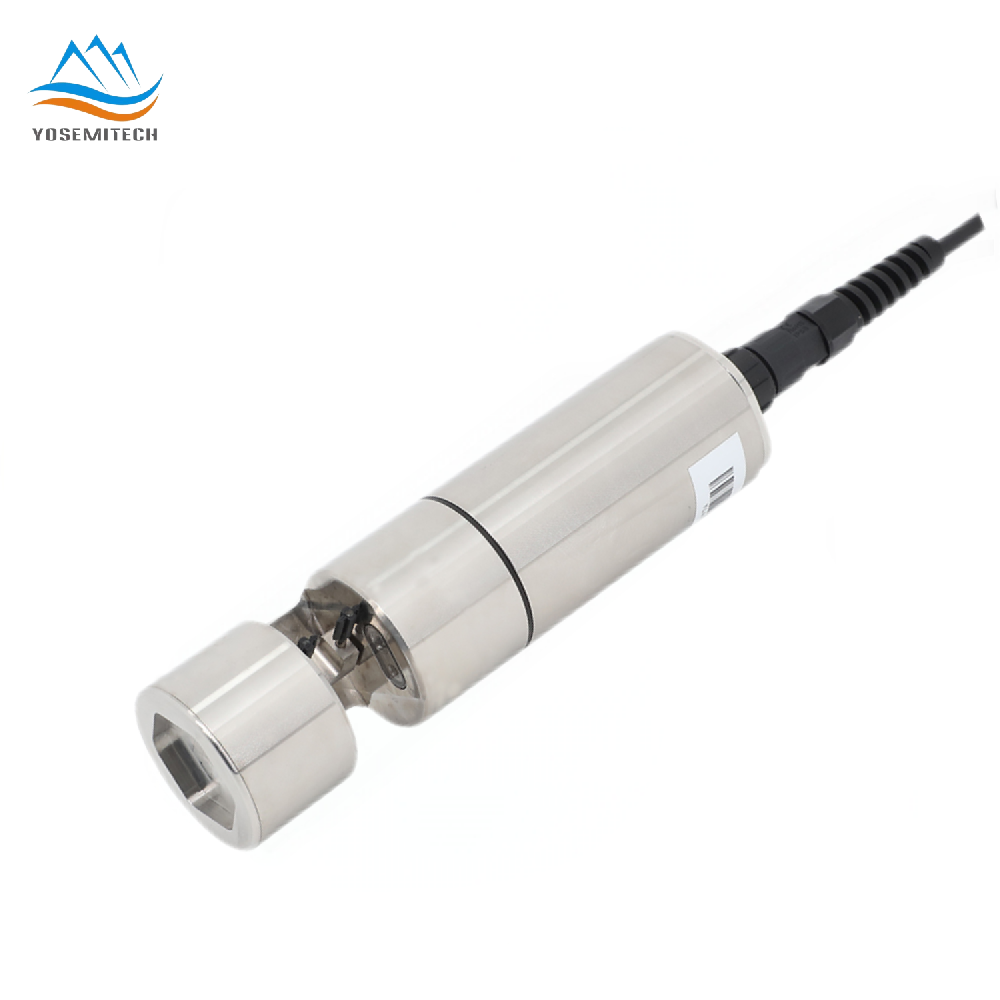Industry news
How Does An ORP Meter Work? And its Application
Writer: admin Time:2024-05-16 14:58:09 Browse:1887℃
What is ORP(Oxidation Reduction Potential)?
ORP represents the global redox property of the entire components in an aqueous solution. An ORP Meter, also known as an Oxidation Reduction Potential Sensor, measures the potential of a solution to oxidize or reduce other substances. It can be widely used in water quality treatment, hydrological monitoring, wastewater treatment, the chemical industry as well its applications to biology and other related fields.
What is an ORP Probe?
ORP (Oxidation Reduction Potential) Probe — A high-quality ORP sensor developed to measure the electrical potential associated with a solution's ability to lose or gain electrons and it can oxidize other substances as well, reduce. This electrode is a very important part of an ORPmeter which is used in many areas such as water treatment, environmental control or food industry and biology research.

https://e.yosemitech.com/pH/Y533-A.html
How does ORP Meter Work?
An ORP Sensor adopts the Ion Electrode Measuring Method. Generally, an ORP sensor contains two electrodes: a working electrode and a reference electrode. The working electrode directly contacts the solution being measured and oxidizes it, while the reference electrode is used for comparison and has a known and stable potential. By using the potential of the reference electrode as a reference, the redox properties of the solution can be determined.
When two substances with different redox abilities undergo a redox reaction on the electrode, a potential difference occurs, resulting in the ORP value. This potential difference is detected by the electrode system inside the sensor and then converted into a readable electrical signal output.
Application of ORP Meter:
Oxidation-Reduction Potential (ORP) meters are essential tools for assessing water quality, particularly its sanitization and contamination levels. They measure the redox potential, which is the ability of a solution to either release or gain electrons. This measurement is crucial for determining how well water can combat bacterial contamination or support chemical treatments.
However, ORP meters are not universally applicable for all water types. Their effectiveness can be significantly influenced by factors like the water's pH level. For instance, if the water's pH exceeds 9.5, ORP measurements can become unreliable.
1. Wastewater treatment
The online digital ORP meter can monitor the oxidation-reduction potential in wastewater, and provide important data support for efficient operation of Wenllyang treatment plants to ensure that discharged water quality compliant with national and local standards.

2. Swimming Pools
Keeping up with the chlorine level is essential to sanitation and safety of water in swimming pools. In swimming pools, ORP meters are seen to modify the level of disinfectant. ORP sensors can be used to monitor the ORP levels and activate alerts or alarms when it is not within a safe range.

3. Aquaculture
pH is a significant water chemistry parameters evaluated as an acidity or basicity (alkalinity range) in aquaculture. The pH sensor has a feature of temperature compensation is added to providing more accurate detection accuracy, and protection for the fish growing at around 6.5-8.5PH values while measuring their activity from other captured water samples also it reads with minor disrepancies as when runoff over your monitor area all-week-long.

4. Food Processing
ORP sensors help in preserving the freshness and quality of food products by controlling sanitation levels that are necessary throughout production or packaging processes. The exact ORP levels of food and beverage samples can help manufacturers meet stringent quality standards and regulatory requirements.

In conclusion, ORP sensors are essential tools used to measure the oxidation-reduction potential of solutions. The ORP meters provide accurate and precise measurements that are used in various industries, including water treatment plants, swimming pools, aquaculture, the food industry, and the pharmaceutical industry
FAQS
1. What will affect ORP Measure?
Ions: The solution's concentration of ions, especially oxidizing or reducing agents will have a drastic effect on ORP. Higher ORP values may be attributed to higher concentrations of oxidizing agents like chlorine or ozone, while lower reduction conditions due to sulfide and organics will result in a decrease.
pH value: The acidity or alkalinity of a solution will also affect the ORP (pH Level) In water treatment, the presence of oxidizers in high ORP and acidic conditions can lead to a higher ’tissue’ value! On the other hand, pH being more alkali may decrease ORP.
Temperature: High or low temperature can affect the ORP, as it determines reaction kinetics and the solubility of gases in solution. As temperature rises in a solution reaction speeds up and an ORP could be higher.
Electrode: The larger the working electrode within an ORP probe, the more sensitive and quicker to respond a measurement can be. Because a larger surface area could provide more redox reaction sites may cause the ORP value to differ.
Polarization: Over time, electrodes in an ORP probe can become polarized, which means they take on a slightly remaining charge that interferes with accurate measurements. If one is not used regularly, it should be cleaned with regular frequency and proper testing methods that the device interior has fissile material (even more frequently) reinforce polarizationimming activities.
Electrode Material: What the working electrode is made of can affect ORP readings. The affinity to draw such potential or electrons can vary with the material itself, and that affects how you measure them.
Solution Homogeneity: The more homogeneous the solution the better an ORP reading can be. Local redox reactions may lead to ORP changes in heterogeneous solutions that do not reflect the mean of the entire solution.
Organic Matter: Organic compounds can act as reducing agents, therefore same chemical reaction works and oxidation will reduce the ORP. For instance, organic matter in the water would tend to lower its ORP a lot which could suggest microbial growth.
Dissolved Oxygen: Oxygen is a good oxidizing agent therefore its presence in a solution many time increase the ORP, this response to be changed can in fact by measuring Redox potential. When the ORP value is high, there is lots of oxygen present in the water. This indicates that the solution is rich in dissolved oxygen, which can significantly influence the ORP.
There are other factors which can also affect the ORP besides temp, salinity and dissolved oxygen concentrations. However, the presence of high oxygen is a primary indicator and often a key factor in determining the oxidative environment within the water.
2. How does water pH and temperature affect orp measurements?
pH value: The acidity or alkalinity of a solution will also affect the ORP (pH Level). In water treatment, the presence of oxidizers in high ORP and acidic conditions can lead to a higher ’tissue’ value! On the other hand, pH being more alkali may decrease ORP.
It's important to understand that due to these variations in pH, ORP should not be used as a direct indicator of the concentration of the oxidizer. The pH level can significantly alter the perceived ORP reading, making it unreliable for precise measurements of oxidizer concentration on its own.
Temperature: High or low temperature can affect the ORP, as it determines reaction kinetics and the solubility of gases in solution. As temperature rises in a solution, reaction speeds up and an ORP could be higher.
Similarly, temperature fluctuations also play a key role in ORP measurements. As temperature affects both the rate of chemical reactions and gas solubility, it can skew ORP readings. Thus, like pH, temperature should also be considered when interpreting ORP values, ensuring they are not misused as a sole indicator of oxidizer levels.
CATEGORIES
CONTACT US
Yosemitech Technologies Co., Ltd
 +86 19984844080
+86 19984844080
 sales@yosemitech.com
sales@yosemitech.com
 Bldg,25,CECEP Industrial Park, No. 18 Dongchang Rd. Suzhou Industrial Park, Jiangsu Province,China 215126, China
Bldg,25,CECEP Industrial Park, No. 18 Dongchang Rd. Suzhou Industrial Park, Jiangsu Province,China 215126, China
